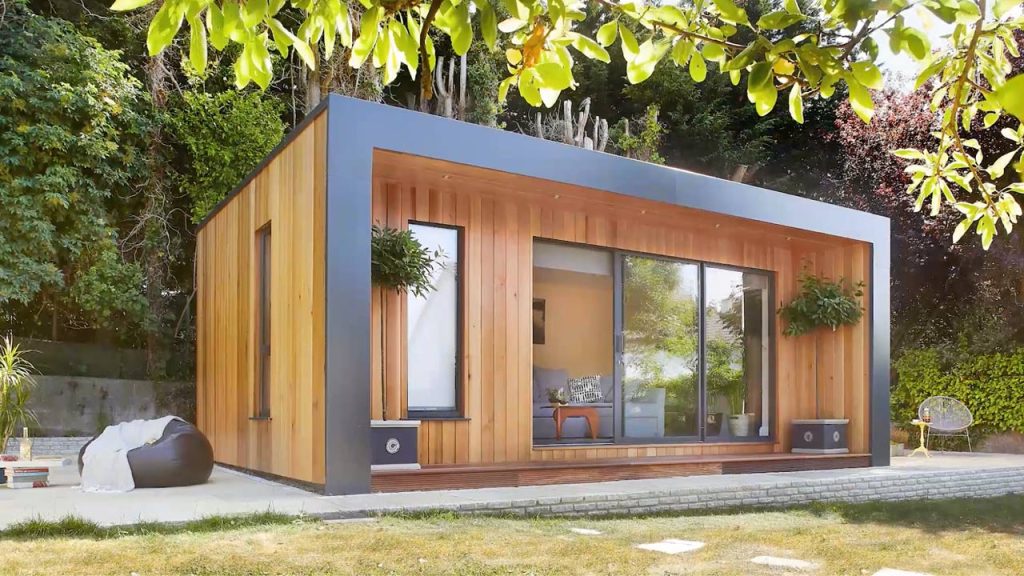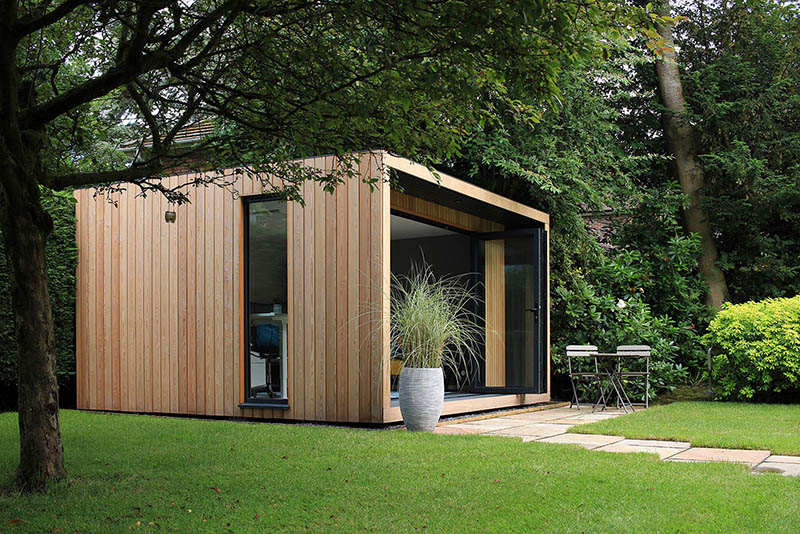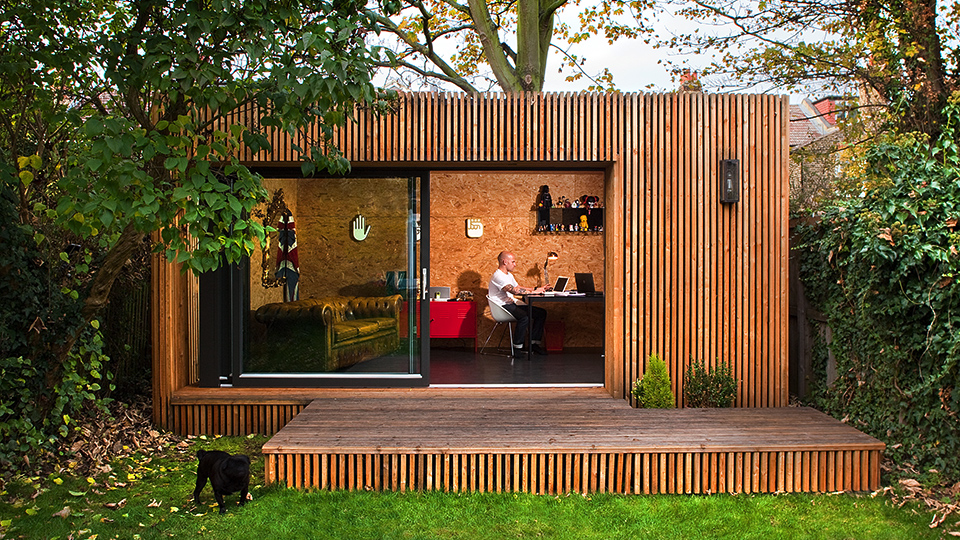Good Tips For Planning Permission For Garden Rooms
Good Tips For Planning Permission For Garden Rooms
Blog Article
What Planning Permits Are Needed For Garden Rooms, Etc. Within Conservation Areas
When making gardens, conservatories, outhouses, gardens offices, or extensions within conservation areas, specific restrictions apply to preserve the beauty and character of the designated areas. Planning permission is required in conservation areas. Here are some key aspects to be considered.
Any extension or building that would otherwise fall under allowed development rights might require permission for planning in a conservation area. This could include gardens, sheds, and outbuildings.
Size and Scale
If they alter the appearance or character of the area the structure of any size could need planning permission. Size and scale restrictions are applicable to new constructions and extensions, in comparison to non-designated areas.
The location on the property
It is more typical to need planning permission for extensions and buildings located in front or on the sides of the house. Planning permission may be needed for rear structures if the structure is visible from public areas or has an impact on the general character.
Design and materials:
Design and materials are essential in conservation areas. Materials that are used in any new construction or extension must be compatible with the architectural or historic significance of the area. This requires a planning permit to be granted.
Demolition:
In conservation areas, demolition of existing structures and portions of buildings (including outbuildings, boundary walls, etc.) typically requires approval for planning to ensure that the proposed changes are in line with the characteristics of the region.
Height Restrictions:
There are stricter height restrictions in conservation areas. Anything that is over 2.5 meters high (especially within 2 metres of the boundary line) is likely to require planning permission.
The impact on surrounding areas
Planning permission might be required in the event that a proposed structure extension, addition or change to the appearance or setting of the conservation area could negatively impact its appearance and surroundings.
The use of the building
There is a chance that a garden building or room could be within the permitted dimensions, however the intended purpose, such as being a home studio, office or other habitable space, might require approval from the planning department.
Changes to the original design:
Extensions that alter the look of the building or exceed certain volume or size limits need approval for planning. This is the case for conservatories and other major changes.
Curtilage Structures:
In a conservation zone or within the perimeter of a property that is listed requires approval for planning. This applies to any extensions, new outbuildings, or any alterations.
Trees that are protected:
The trees are protected in conservation areas. If your proposed construction will impact trees, you might need to obtain additional permissions including an authorization for tree work in addition to planning permission.
Local Authority Guidelines:
The local planning authority can create specific guidelines or restrictions in each conservation zone. These could contain specific criteria about what's permitted and what's not, tailored specifically to the specific characteristics of the area.
In summary, to obtain planning permission in conservation areas it is essential to determine how your proposed conservatory or garden space will impact the area's historical and architectural style. An early consultation with the local authority for planning is essential to ensure that the project is in compliance with all regulations and guidelines. Have a look at the top gym welwyn garden city for blog info including outhouse uk, composite garden office, Tring garden rooms, garden rooms near me, Tring garden rooms, insulated garden buildings, composite garden office, outhouse garden, Tring garden rooms, costco garden room and more.
What Planning Permission Are You Required To Get For Your Garden Areas, Etc. In The Context Of Listed Buildings?
If you are planning to construct garden rooms outhouses, conservatories, garden offices, or extensions within the grounds of a listed structure, special considerations and stricter rules are in place. Here are the most important points in regards to planning permission.
Generally speaking, every extension, alteration, or addition of construction within the boundaries of a protected building requires listed building approval in addition planning permission. These are because any changes could affect the character and importance of the listed property.
Impact on historical Character
A planning application is required for any construction or extension that may alter the historic character of the listed property or its setting. This includes garden buildings and outbuildings.
Design and Materials
The style of a new structure should be in line with the historic and architectural significance of a listed structure. It is possible that this would require the use and design of materials from the past. This will also require the approval of a planner.
Close proximity to the listed building
The impact of any new structure near a heritage building is assessed to determine whether they detract from its character. The building's character will not be affected if planning permission is obtained.
Size and Scale
The garden room size or conservatory size extension scale must be proportionate to the building that is listed. A larger structure is more likely to require extensive assessment and a planning permit.
The Property Location:
The location of the proposed structure (whether to the front, side, or back of the listed building) may affect the requirement to obtain planning permission. The locations that are noticeable or have an important influence on the building's main views will typically be the subject of a thorough evaluation.
Changes within the company:
Even if you're removing the old structure, any internal changes to be made to the building should have planning approval and listed building consent.
Conservation Area Overlap
The listed building must be located in a Conservation Area. A permit for planning is required to comply with both the conservation zone rules.
The building's use:
The construction of an outbuilding or gardenroom can affect the need to apply for a planning permit. Any uses that require a substantial alteration, such as residential accommodation or commercial use will be subject to more careful examination.
Structural Impact:
Planning permission is required for any project that could affect the structural integrity of the building. This ensures that the existing and future structures are integrated seamlessly.
Local Authority Guideline:
Local authorities often have specific guidelines for listed buildings, which outline the types of construction and modifications are permissible. Planning permission ensures that these guidelines are observed.
Professional Assessments
Conservation professionals often need to conduct detailed assessments of proposed work on listed structures. These assessments determine the appropriateness and the support for proposed modifications.
To summarize, planning consent and listed building approvals are required almost every time you're building gardenrooms, conservatories outhouses, office structures, or extensions that are associated with a designated building. Consult your local planning authority as well as heritage professionals in the initial phase of the planning process to ensure that you are in compliance with applicable rules. This can also protect the architectural and historical integrity of the structure. Take a look at the best do you need planning permission to build a garden office for blog examples including best electric heater for cabin, best heater for log cabin, herts garden rooms, costco garden buildings, costco garden room, garden rooms, garden out house, Tring garden rooms, ground screws vs concrete base, costco outbuildings and more.
What Kind Of Permission Do I Require For Garden Areas, Etc. Regarding Agricultural Lands
If you're thinking about building gardens rooms, conservatories, outhouses, extension of gardens, or garden offices on agricultural land There are specific planning permission requirements and restrictions to be aware of. Here are the key aspects Change of Use
Land designated for agriculture is generally used for farming and other related activities. Changing its use to gardening or for residential purposes requires planning permission. This is because it requires changes to its use as a farm.
Permitted Development Rights:
Residential land is subject to a different set of permitted development rights as compared to agricultural land. Certain agricultural structures, for example, can be constructed with no planning permit. But, these are usually for agricultural structures, and not gardens or residential offices.
Size and Scale
The proposed size and scope of the structure will affect whether planning permission will be required. Buildings that are larger or encompass a large amount of land will be more likely to require permission.
Impact on Agricultural Use
Planning permission is more likely to be required when the proposed structure is incompatible with the usage of the land, such as reducing the area available for crops or livestock.
Green Belt Land:
There are additional restrictions in place when the property is classified as Green Belt. These restrictions seek to limit urban sprawl and preserve open space. Planning permission is typically required for any new development on Green Belt land.
Design and Appearance
The design of the structure and its style must blend with the rural landscape of the region. The permission for planning will guarantee that the building won't negatively impact the natural landscape or visual enjoyment.
Environmental Impact:
It is crucial to take into account the environmental impact before building on a farm property. If you're applying for planning permission, an environmental impact study may be needed to make certain that the construction will not cause harm to local ecosystems.
Near Existing Buildings
The closeness of the office or garden to existing agricultural buildings can influence the planning requirements. The structures near farm buildings can be viewed differently than the ones constructed in open fields.
Access to Infrastructure
It is important to consider the impact of the new building on infrastructure and access such as roads, water and waste management. Planning permission will assess whether the existing infrastructure is able to support the construction.
Class order is used to:
The law of planning defines certain categories of land suitable for agricultural purposes. In order to ensure that the proposed usage is in line with local policies regarding planning, it's often required to seek planning approval prior to changing the class.
Local Planning Policy:
Local planning authorities develop specific policies for agriculture land. These policies can help decide whether planning permission is granted to construction projects that are not agricultural and will take into consideration aspects like local development plans or community needs.
National Planning Policy Framework
The National Planning Policy Framework in the UK offers guidelines on how land development should take place and be used. The NPPF will be used to evaluate the approvals granted to build structures on land that is agricultural. This framework is based on sustainable development, rural protection and conservation.
In the end the planning approval for garden rooms, conservatories outhouses, garden offices or extensions on agricultural land is generally required because of the need to change the land's use and ensure that it is in compliance with local and national planning policies. It is crucial to discuss with your local authority in order to understand the specific requirements. Read the top how close to a boundary can my garden room be? for website tips including garden room planning permission, costco garden buildings, herts garden rooms, garden out house, garden rooms in St Albans, Tring garden rooms, costco outbuildings, outhouses for garden, garden rooms, insulated garden rooms and more.